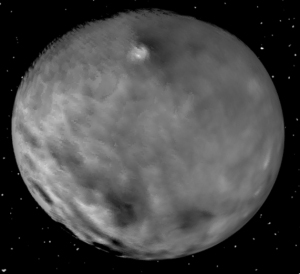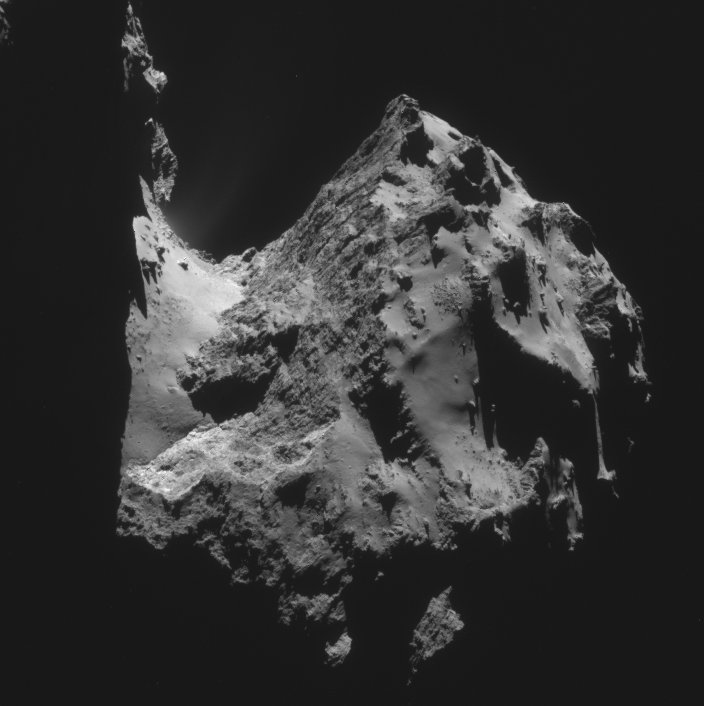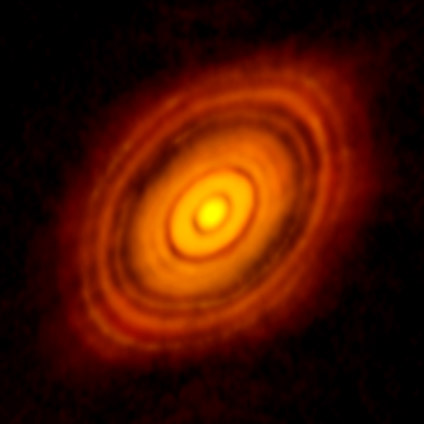A new analysis predicts that when the asteroid Apophis flies past the Earth in 2029, the close fly-by will cause avalanches on the asteroid.
If asteroids pass close to Earth, they begin to experience the effects of our planet’s gravity. Just like the moon pushes and pulls the oceans, creating the tides, asteroids are susceptible to tidal forces from our planet. To judge what effect this will have on Apophis, scientists need to know what it’s made of. Their best guess is based on photos taken by a Japanese spacecraft named Hayabusa, which took detailed pictures of an Apophis-sized asteroid named Itokawa. Those images revealed that the asteroid wasn’t a solid mass of rock spinning through space, but rather a giant clump of debris held together loosely by gravity. “You look at the [Hayabusa] pictures and you’re like, ‘Uh, that’s a pile of rocks, dude.’ It’s very likely that Apophis is similar,” says astrophysicist Derek Richardson of the University of Maryland, College Park.
To show that Earth’s gravity could cause some of these rocks to tumble, Richardson and his colleagues developed a computer model that allowed them to place virtual sand piles across the surface of a model asteroid with roughly the same dimensions as Apophis. By factoring in the gravity from the asteroid, the tidal force from Earth, centrifugal force caused by the asteroid’s rotation, inertial forces, and other effects, the team was able to predict how the particles on the surface of the asteroid would behave on approach. The results confirm that Earth’s tidal forces would be strong enough to cause tiny avalanches on the asteroid, the team reported online ahead of print in Icarus.
Need I note that there are a lot of uncertainties here? Because they are using what is known about a different asteroid, all of their assumptions about Apophis’s properties in their computer model could be very wrong.
Still, this is interesting, because it does demonstrate that an asteroid could be significantly disturbed simply by flying past a planet.



